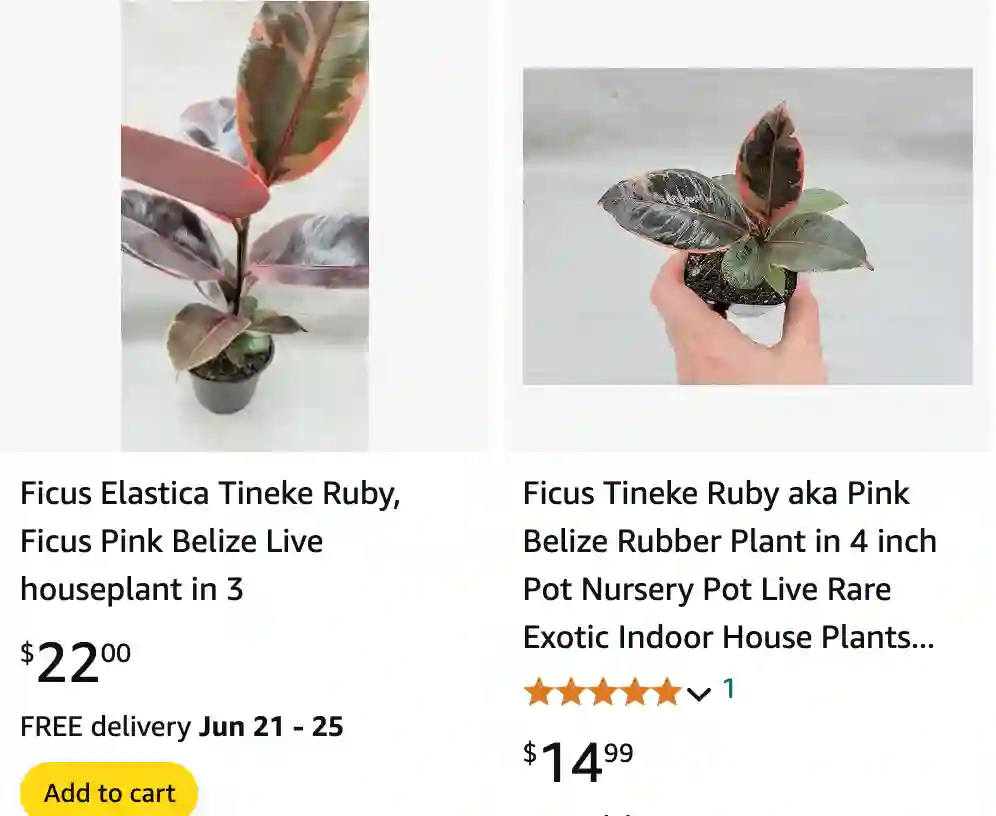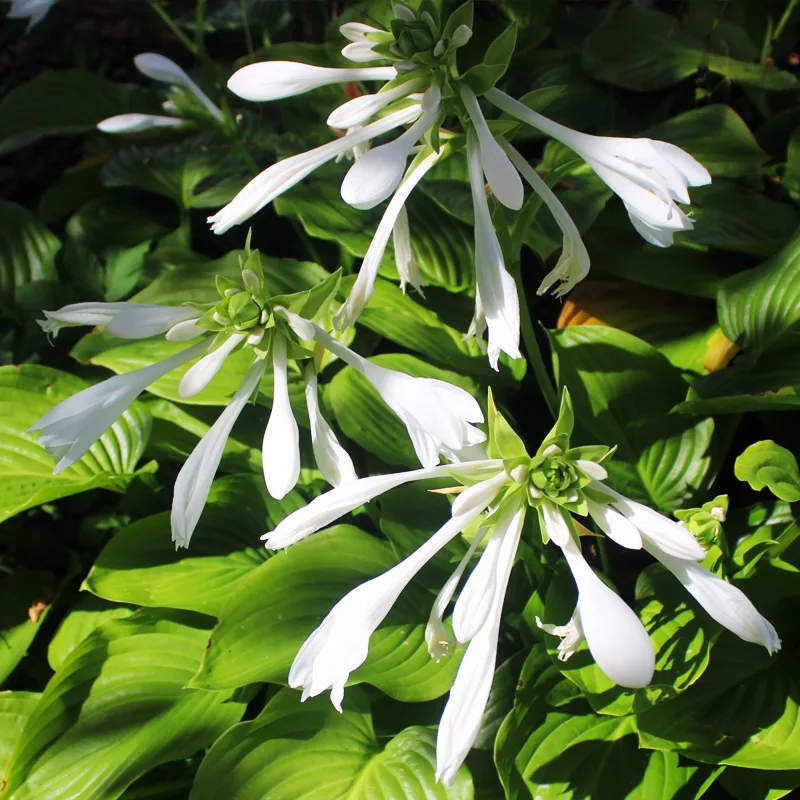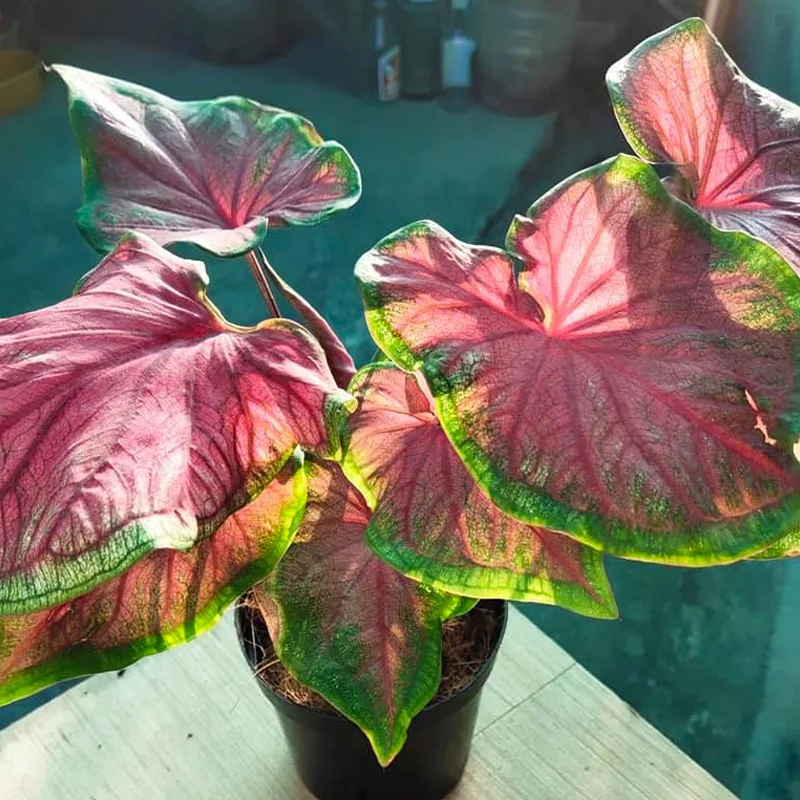
Ficus Elastica Belize: My Guide to Bringing the Tropics Indoors
Hey there, plant enthusiasts! Ferb Vu here, and today, we’re diving into the vibrant world of the Ficus Elastica Belize. This stunning houseplant boasts a kaleidoscope of colors, making it a true conversation starter. But beyond its aesthetics, the Belize offers a surprising amount of resilience, perfect for both seasoned plant parents and curious newcomers.
So, whether you’re looking for a pop of color or a low-maintenance beauty, the Ficus Elastica Belize might be your perfect match. Let’s get down to the nitty-gritty and answer some of the most common questions about this tropical wonder.
880 Species in Genus Ficus
Where Should I Place My Ficus Elastica Belize?
Imagine a lush rainforest canopy, dappled with sunlight. That’s the ideal lighting situation for your Belize. Bright, indirect light is key. Direct sun can scorch the leaves, leaving unsightly brown patches. Conversely, too little light can lead to leggy growth and pale foliage.
A south-facing window with sheer curtains or an east-facing window with no obstructions would be perfect. Pro tip: Rotate your plant regularly to ensure even growth.
How Often Should I Hydrate My Belize?
Here’s the beauty of the Belize: it thrives on neglect (to a certain extent). Overwatering is the enemy. Aim to water when the top inch of soil feels dry to the touch. Soggy soil suffocates the roots and invites rot.
During spring and summer, when the plant actively grows, watering once a week might suffice. In winter, when growth slows, you might water even less frequently. Remember, underwatering is easily rectified with a good soaking. Overwatering, however, can be fatal.
Does My Belize Need Fertilizer?
Think of fertilizer as a vitamin boost for your plant. While not strictly necessary, a balanced fertilizer applied once a month during the growing season (spring and summer) can promote lusher foliage and faster growth. Steer clear of fertilizing during winter when the plant is dormant.
Opt for a balanced fertilizer diluted to half strength. Overfertilizing can lead to leaf burn and stunted growth.
Potting Power: The Perfect Home for My Belize
Your Belize needs a pot with drainage holes to prevent water from pooling around the roots. Choose a pot slightly larger than the root ball to allow for growth. Repotting is typically necessary every 1-2 years, or when the roots start pushing out of the drainage holes.
When repotting, use a well-draining potting mix specifically formulated for houseplants. A good mix will offer aeration and drainage while retaining some moisture.
Common Concerns: Troubleshooting Your Belize
Leaf Drop: Fear not, occasional leaf drop is normal, especially with older leaves. However, excessive leaf drop can be a sign of underwatering, overwatering, insufficient light, or sudden temperature changes.
Leaf Curling: Curled leaves often indicate underwatering. Give your plant a thorough drink and monitor the situation.
Pests and Diseases: Thankfully, the Belize is relatively pest and disease resistant. However, keep an eye out for mealybugs or scale, which can be treated with insecticidal soap. Fungal diseases due to overwatering can be prevented by proper watering practices.
How Does the Belize Compare?
The Ficus Elastica family boasts several stunning varieties, each with unique characteristics. Here’s a quick comparison of the Belize with two of its popular cousins:
Ficus Elastica Ruby: This variety features deep burgundy leaves with a glossy sheen. It requires similar care to the Belize but might tolerate slightly lower light levels.
Ficus Elastica Tineke: Known for its variegated foliage with creamy white and green marbling, the Tineke shares many care needs with the Belize. However, it requires slightly brighter light to maintain its variegation.
Final Thoughts: Living with a Touch of the Tropics
The Ficus Elastica Belize is a stunning houseplant that injects a touch of the tropics into your living space. With its vibrant foliage and forgiving nature, it’s a perfect choice for plant enthusiasts of all levels. Just remember to provide bright, indirect light, water wisely, and fertilize occasionally for a thriving Belize that will bring you joy for years to come.
If i die, water my plants!



